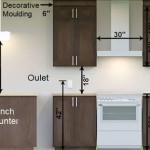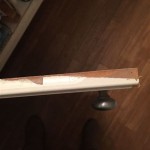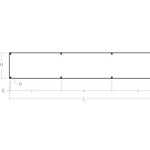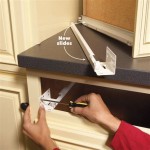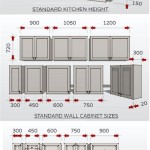Primer for Kitchen Cabinet Doors: An Essential Guide
When it comes to revamping your kitchen cabinet doors, primers play a pivotal role in ensuring a flawless and durable finish. Primer creates a smooth base, enhances adhesion, and protects your cabinet doors from moisture, stains, and wear. Choosing the right primer and applying it correctly are crucial for a successful painting project.
Types of Primer for Kitchen Cabinet Doors
There are several types of primers available for kitchen cabinet doors, each with its own unique characteristics:
- Oil-Based Primer: Excellent adhesion and stain-blocking properties, but requires longer drying time and emits strong fumes.
- Water-Based Primer: Dries quickly, low odor, and easy to clean up, but may require multiple coats for complete coverage.
- Shellac-Based Primer: Fast-drying and provides excellent bonding, but can be expensive and may yellow over time.
- Latex Primer: Provides good adhesion and durability, but may require more drying time and can be less moisture-resistant.
Choosing the Right Primer
Consider the following factors when selecting a primer for your kitchen cabinet doors:
- Surface Condition: If the cabinet doors have existing paint or stains, an oil-based primer or shellac-based primer is recommended.
- Material: For wood cabinet doors, any type of primer can be used. For metal cabinet doors, a water-based primer is recommended.
- Drying Time: If you're short on time, a water-based primer is a better choice due to its faster drying time.
- Odor: Oil-based primers emit strong fumes, so ensure proper ventilation during application.
Application Instructions
To ensure optimal results, follow these steps when applying primer to kitchen cabinet doors:
- Clean and Sand: Remove any dirt, grease, or existing paint. Sand the doors lightly with fine-grit sandpaper to create a smooth surface.
- Apply the Primer: Use a high-quality paintbrush or roller. Apply thin, even coats, allowing each coat to dry completely before applying the next.
- Sand Between Coats: Lightly sand the doors between coats to remove any imperfections and ensure a smooth finish.
- Allow Drying Time: Follow the manufacturer's instructions for drying time. Allow the primer to dry thoroughly before applying paint.
- Improved Adhesion: Primer creates a strong bond between the cabinet doors and paint, preventing chipping or peeling.
- Stain-Blocking: Primer seals in stains and tannins from wood, preventing them from bleeding through the paint.
- Moisture Resistance: Primer forms a protective barrier, protecting the cabinet doors from moisture damage.
- Smoother Surface: Primer fills in any imperfections, providing a smoother surface for painting.
- Durability: Primer helps the paint job last longer by protecting the cabinet doors from wear and tear.
Benefits of Using Primer
Priming kitchen cabinet doors offers numerous benefits:
By choosing the right primer and applying it properly, you can ensure a successful painting project that will transform the look and feel of your kitchen cabinet doors.

1 Best Primer For Kitchen Cabinets Guranteed To Stick

How To Paint Kitchen Cabinets A Step By Guide Confessions Of Serial Do It Yourselfer

Refinish Kitchen Cabinets With Kilz Restoration Primer
What Is The Best Primer To Use When Painting Kitchen Cabinets Quora

How To Prime Cabinets For A Smooth Finish The Turquoise Home

1 Best Primer For Kitchen Cabinets Guranteed To Stick

How To Paint Kitchen Cupboard Doors The Hub

How To Prime Cabinets For A Smooth Finish The Turquoise Home

What Is The Best Primer For Kitchen Cabinets Jim Handyman

The Cabinet Refinishing Process 7 Simple Steps
Related Posts



